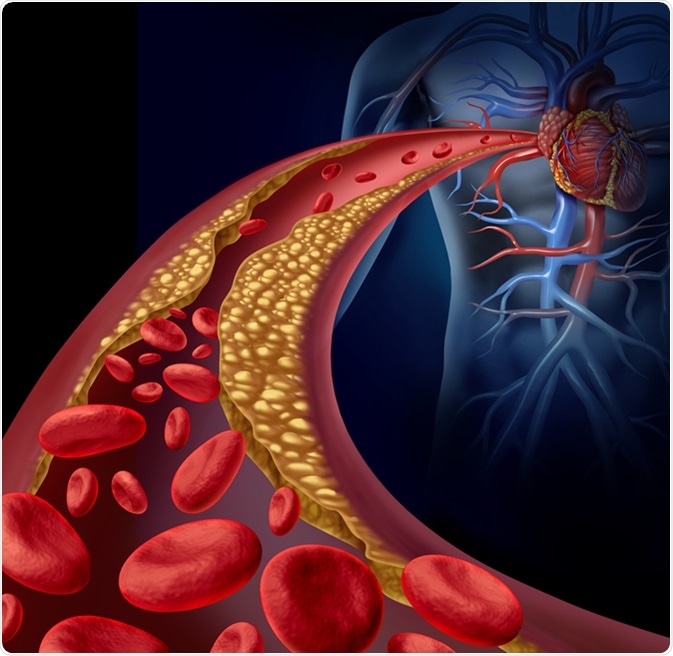Describe the Process of Blood Clotting in Human Beings
Topic 11 Human Health and Physiology 2 1111 Describe the process of blood clotting Blood clots to prevent too much blood loss and prevent pathogens from entering the body Some plasma proteins are involved in clotting such as prothrombin and fibrinogen Platelets form in bone marrow along with red cells erythrocytes and white cells leucocytes Platelets are. The exception is an anticoagulant.
The clot acts like a mesh to stop the bleeding.

. Next the platelets play a key role in covering the injured area to stop the bleeding. Blood clotting technically blood coagulation is the process by which liquid blood is transformed into a solid state. The damaged tissue and platelets release chemicals known as clotting factors that convert prothrombin into thrombin.
They rupture on damaged tissue enzyme thromboplastin thrombokinase Thromboplastin neutralizes heparin anti-clotting factor and activates prothrombin to thrombin in presence of calcium ions. The fibrin threads then form a network within which the red and white blood cells become entangled. Thromboplastin released from damaged tissue and platelets as well as Ca2 and vitamin K from the.
Answer 1 of 15. Reddish brown scum formed at the site of a cut is due to clot formed mainly of a network of threads called fibrins in which dead and damaged formed elements of blood are trapped. When blood vessel is injured platelets are exposed to air.
Next small molecules called clotting factors cause strands of blood-borne materials called fibrin to stick. The clotting process in the blood directly involves substances to include fibrin platelets and fibrinogen. Release an enzyme called thrombokinase or thromboplastin.
A cut on the skin or an internal injury creates a small tear in a blood vessel wall which causes blood flow. Blood clotting process is a complex process the basic mechanism of which is formation of insoluble fibrin threads from the soluble plasma protein called fibrinogen. Is needed for the formation of prothrombin.
Clotting of the blood occurs only when thrombin converts fibrinogen to fibrin clot. - When blood vessels are damaged blood comes out and platelets are exposed to air and they rupture on the damaged tissue. Clotting is a sequential process.
This blood clotting is a complex process involving many clotting factors incl. Describe the blood clotting process. A platelet plug is formed and the external bleeding stops.
In the presence of calcium ions. Blood coagulation or clotting is the mechanism to prevent excessive loss of blood from the body. Coagulation also known as clotting is the process by which blood changes from a liquid to a gel forming a blood clot.
It potentially results in hemostasis. The primary hemostasis involves the process of vasoconstriction which response to the injury of the body in the. State the advantage of possessing blood group AB.
Calcium ions enzymes platelets damaged tissues activating each other. Heres how the process works. Describe the process of blood clotting in human beings.
Do white blood cells initiate the clotting process. Why is a burning charcoal stove in a poorly ventilated room likely to cause death of the inhabitants. They also activate a.
The blood clotting process or coagulation is an important process that prevents excessive building in case the blood vessel becomes injured. The platelets stick together forming a temporary plug. It is characterized by blood vessel constriction and platelet aggregation at the site of vessel injury.
The mechanism of coagulation involves activation adhesion and aggregation of platelets along with deposition and maturation of fibrin. Explain three protective functions of mammalian blood. Damaged blood cells release chemicals that stimulate platelets to adhere to the damaged areaThis forms a plug.
An enzyme that activates the conversion of prothrombin. Bleeding causes a biological domino effect in which a series of steps are set in motion. When a blood vessel is cutinjured plateletsthrombocytesdamaged tissuewound is exposed to the air.
Describe the process of blood clotting. They release thrombokinasethromboplastin. To control blood loss the blood vessel immediately narrows called constriction which limits.
Thrombokinase is an enzyme that initiates the process of blood clotting by neutralizing anticlotting or anti-coagulant factor called heparin. The immediate process of stopping bleeding after injury is known as hemostasis and involves three events which are. Blood clotting normally occurs when there is damage to a blood vessel.
Platelets come into contact with an area of an artery wall which has become damaged changing their shape from flattened disks to long thin projections. This is done to strengthen the plug. Known as blood coagulation.
Fibrins are formed by the conversion of inactive fibrinogens in the plasma by the enzyme thrombin. Blood proteins and platelets come together and form what is known as a fibrin clot. Using a relevant example describe how an allergic reaction occurs in a human being.
Thrombin converts soluble blood protein. The entire process is divided here into three major steps. Coagulation in physiology the process by which a blood clot is formed.
Platelets immediately begin to adhere to the cut edges of the vessel and release chemicals to attract even more platelets. Blood vessel spasm the formation of the platelet plug and the blood clot formation process. The clotting process 1.
Stages of Blood Clotting. Fibrin is formed by the conversion of inactive fibrinogens in the plasma by the enzyme thrombin. Vitamin KJ phylloquinone.
The first stage is primary homeostasis. Describe the process of blood clotting in human beings.
Describe The Process Of Blood Clotting In Human Beings Tutorke


Comments
Post a Comment